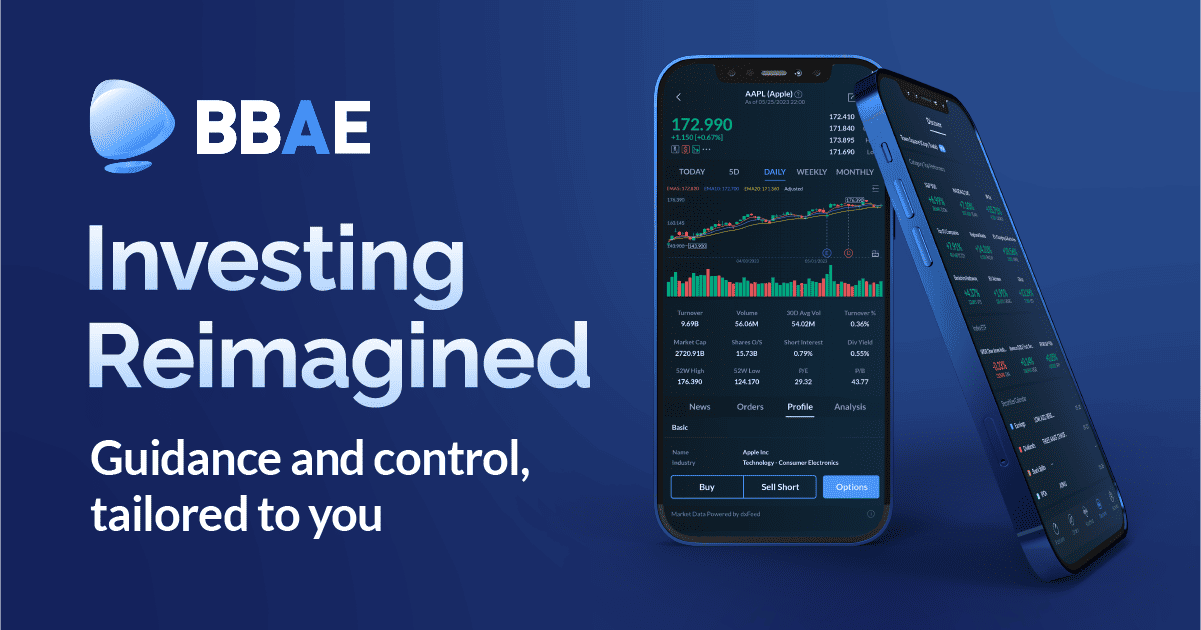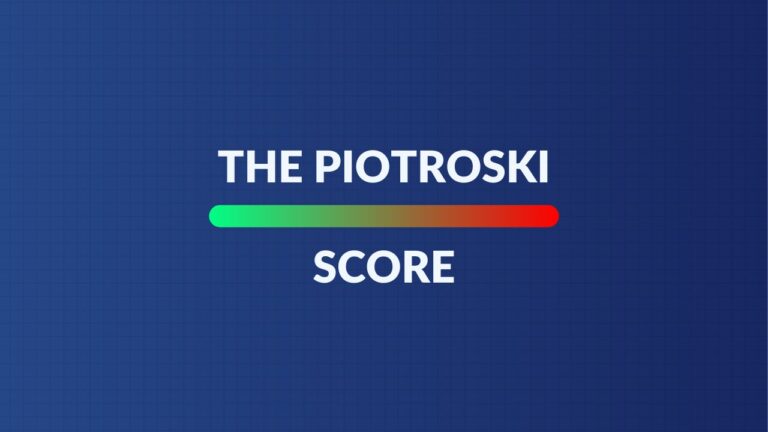Palantir (PLTR) Q4 Earnings Review – February 6, 2024
Introducing Palantir:

This is a new name being added to my coverage network. It’s not a holding, but it is a company that I’m constantly asked to follow (and is a fascinating name too). I thought it would be valuable to offer a brief introduction with a 30,000 ft view of what Palantir actually does. This should help frame future discussions about it.
Palantir is a software company that helps customers get the most out of their structured and unstructured data. Like many others, it pulls from years upon years of AI/ML work to automate insight-gleaning. It utilizes complex neural networks to power anomaly detection, trend forecasting and natural language processing too. Overall, it frees clients to aggregate and conjoin disparate data sources and utilizes its software to connect data dots and uncover ideas that manual analytics as well as legacy competition cannot match. It gives customers a birds-eye view of their operations with detailed suggestions to help optimize pieces of their enterprises.
Revenue is neatly split into two buckets – “Government” and “Commercial.” Government clients predominantly use its Gotham Product Platform while Commercial clients mainly use its Foundry Product Platform. With Gotham, Palantir routinely builds custom use cases for individual government clients. Foundry was built to be more malleable with far more pre-built app integrations available. That diminishes the need to conduct custom builds for commercial clients.
It has also seamlessly molded the commercial platform to cater to industry-specific needs. By-industry models are intuitively named “micro-models” and boast sector-specific use cases and regulatory compliance help. A financial services model from Palantir, for example, may specialize in assessing credit risk or fraud detection.
Palantir Apollo is its software suite, which provides continuous integration and continuous delivery (CI/CD) to automate software package building and deployment. It’s a foundational piece of the firm’s ability to collect, leverage and drive value from broad data ingestion. Apollo ties very closely into Foundry and Gotham as a software enabler for both platforms.
Demand
Palantir beat revenue estimates by 0.9% & beat guidance by 1.2%. Commercial revenue was about 5.2% better than expected while government revenue was 2.7% worse than expected.


Source: Brad Freeman – SEC Filings, Company Presentations, and Company Press Releases
Profitability
- Beat EBIT estimates by 6.8% & beat EBIT guidance by 12.6%.
- Beat $0.03 GAAP earnings per share (EPS) estimates by $0.01.
- Beat 81.7% GAAP gross profit margin (GPM) estimates by 40 basis points (bps; 1 bps = 0.01%).
For the full year, Palantir generated $0.09 in GAAP EPS vs. -$0.18 Y/Y. Strong profit inflection.


Source: Brad Freeman – SEC Filings, Company Presentations, and Company Press Releases
Balance Sheet
- $3.7B in cash & equivalents.
- No traditional debt.
- Diluted shares rose 7% Y/Y; basic shares rose 4.6% Y/Y. This is the most negative part of the report.
- Please note that quarterly free cash flow generation is lumpy.
Annual Guidance & Valuation
Palantir met annual revenue expectations for 2024. It sees 40%+ Y/Y commercial revenue growth for the year.
Palantir beat annual EBIT estimates by 14.2%. Adjusted FCF guidance of $900 million is also much better than expected. It sees positive GAAP EBIT and EPS for all four quarters, as expected. This is despite a planned ramp in 2024 operating expenses (OpEx) to support growth. Palantir sees EBIT and net income margins expanding Y/Y, which is better than the flat Y/Y margins analysts expected coming into this report. Expect upward profit revisions in the coming weeks following its great profit guide. Palantir trades for 40x 2024 EBIT guidance and about 38x 2024 adjusted FCF guidance. EBIT is expected to grow by 33% Y/Y and adjusted FCF is expected to grow by 23% Y/Y.
Call & Release Highlights
U.S. Commercial Strength:
U.S. commercial revenue growth was the highlight of this quarter. It was much better than expected, with 2024 guidance pointing to more outperformance. Revenues here rose 70% Y/Y, customer count rose 55% Y/Y, total contract value (TCV) rose 107% Y/Y and remaining deal value (RDV) rose 32% Y/Y. For the full year, U.S. commercial revenue rose by an impressive 36% Y/Y.
What was strength driven by? Thriving demand for its Artificial Intelligence Platform (AIP). This platform is vastly expanding use cases for Palantir customers while making onboarding those use cases much easier as well. It’s making Palantir less complex to use and work with. That’s diminishing the internal talent a client needs to actually select its product suite, which is a wonderful development. Less friction; more revenue; better margins due to less onboarding help.
AI bootcamps are Palantir’s go-to-market engine for AIP. These bootcamps feature Palantir engineers showcasing the software for firms as well as helping them build new products with it. Palantir set a goal in October 2023 of conducting 500 AI bootcamps over the next 12 months; 3 months later, it has surpassed that goal. Doing so has helped it shrink sales cycles and double the $1 million+ deals the segment signed vs. the Y/Y period. New customers are flocking to Palantir to utilize AIP. Existing customers are flocking to Palantir to add it to their contracts.
Impressively, these bootcamps have been pretty much the only go-to-market engine for AIP to date. Palantir’s direct sales team is very small. For 2024, CEO Alex Karp expects to significantly enhance hiring efforts to bolster go-to-market even more.
Why is AIP working so well? Per Shayam Sankar, the firm’s CTO, this historic rise is the culmination of a key “end-to-end value creation” formula. The formula closely mimics its advantages within other products:
- It has more 3rd party data than most and an ability to marry its vast 3rd party data supply with a client’s most relevant first 1st data.
- AIP also helps Palantir ingest incremental 3rd party data sources like audio files and Slack rooms.
- It also thinks it has a more utility-building roster of LLMs and the best software in the world. This means more use cases, while the data advantage means more effective model seasoning to drive more value.
While that source of differentiation is a bit subjective, the U.S. Commercial results are not subjective. AIP is killing it. All of this work also allows for vendor consolidation and cleaner operations. For one bootcamp participant, this reality meant saving $10 million in annual OpEx after spending just 2 days with Palantir.
Karp on who will win in AI:
Obviously, Karp thinks enterprises using Palantir will win amid the AI revolution. He packed another interesting anecdote into this idea that I wanted to cover. He sees “incumbents with already strong distribution and products” as being the winners in this new wave. Old winners will be the new winners as the strong get stronger. Why? The vitally important idea of needing large quantities of data to relevantly season any models. That’s the only way LLMs can actually deliver real value. The big boys already have the 1st data they need. This makes a new entrant’s chances of succeeding a steeper uphill battle. Size matters in GenAI.
Government Segment Performance:
U.S. government revenue rose by 6% Y/Y while international government revenue rose by 27% Y/Y. The international growth was helped by a large receipt of funding from a partner nation related to ongoing efforts in Eastern Europe.”
Chief Revenue Officer Ryan Taylor told us that the strength Palantir is seeing within this segment is “not reflected in Q4 results.” The timing of closing large government contracts is uncertain and revenue generation is more lumpy. Furthermore, the U.S. government is further behind in its software revolution vs. U.S. enterprise. For example, software makes up 0.015% of the Department of Defense’s 2024 budget. That’s set to shift over the long haul. Importantly, Palantir sees contract closures leading to a U.S. government re-acceleration in 2024 beyond 2023’s 14% result.
- It deepened its U.S. Army partnership to power its Vantage Platform with its data analytics capabilities.
There are two important and newer products within this segment to focus on. First is Palantir Government Web Services (GWS). This gives government customers “pre-constructed tools and building blocks” to more quickly add and utilize its platforms. This both speeds time to market and cuts a Palantir client’s cost to use its platform.
Secondly, Palantir is making it easier for new and old entrants to secure needed government accreditations. “Fed Start” is Palantir’s federal accreditation as a service program. It gets firms to Impact Level 5 (IL5) status in a small percent of the time and cost vs. other consulting solutions. GWS makes Palantir more compelling to work with for government clients; Fed Start makes it a more compelling partner for what had once been considered competition. Fed Start helps new entrants, often strapped for cash, rapidly accelerate the pace of revenue ramps. This is making competitors think of Palantir more and more as a needed partner. Fed Start will add IL6 availability next quarter and will launch in the UK in 2024.
Internationally, Palantir is already delivering a 28% cut to patient backlogs and a 50% cut to same-day procedure cancellations as part of its NHS contract in the UK. Geopolitical tensions also continue to drive global government growth with U.S. allies. Karp spoke about Palantir’s software edge vs. everyone else as being more pressingly needed when chaos ensues. That’s happening across the globe right now, and Karp pointed to both the Ukraine and Israel predominately choosing Palantir’s products as evidence of its technological prowess. He threw shade at competition that wants to deliver theoretical value via PowerPoint rather than observed, tested value from Palantir. He also threw a bit of shade at bearish analysts and indirectly told them to actually try its products before offering opinions.
Important Metrics:
Palantir is winning bigger deals and expanding with existing clients. It signed 37 $5 million+ deals and 21 $10 million+ deals during the quarter. This compares to 11 and 5 deals closed in the Y/Y period, respectively. Karp called this growth “crazy” given how complex some customer onboarding is for Palantir. It pulled this off by reworking its entire software stack and go-to-market approach to make using Palantir simpler and more expedient. That’s clearly working.
Annual revenue from its top 20 customers rose 11% Y/Y to $55 million, while billings rose 56% Y/Y to point to strong forward-looking demand. Net revenue retention (NRR) was 108% vs. 105% Q/Q and 115% Y/Y. This does not yet fully reflect explosive U.S. Commercial growth as NRR only includes customers that have been with Palantir for 12+ months.
Recruiting & Culture:
Palantir is enjoying its strongest period of talent recruitment in its history. Karp is being “bombarded” with applicants to the point of re-involving himself in the hiring process. Its anti-Silicon Valley culture of “not just having opinions when it doesn’t matter” is resonating deeply with its competition’s most valuable talent. Whether it’s strong execution, Palantir’s philosophy, or a combination of the two, Karp told investors that the team has “never been more aligned” on how to pursue its growing opportunity.
“You may not like my jokes or our habits… but our software will actually work and will protect you. That’s why we’ll do well.” — Alex Karp
Karp also told us they’ve “internally aligned stock compensation,” which I sincerely hope will slow the pace of dilution going forward. I loved hearing this.
Take
This was a great quarter. Palantir is proving that it will be among the earliest and strongest beneficiaries of the GenAI boom. AIP is the product that allows it to secure that status. Margins are exploding, growth accelerated to its fastest pace in a year and the 2024 guide was generally quite strong. Dilution continues to bother me, but that’s the only negative to point to amid a very positive report. If it’s addressed like it’s expected to be, there could easily be a lot to like here. Congratulations to shareholders.











